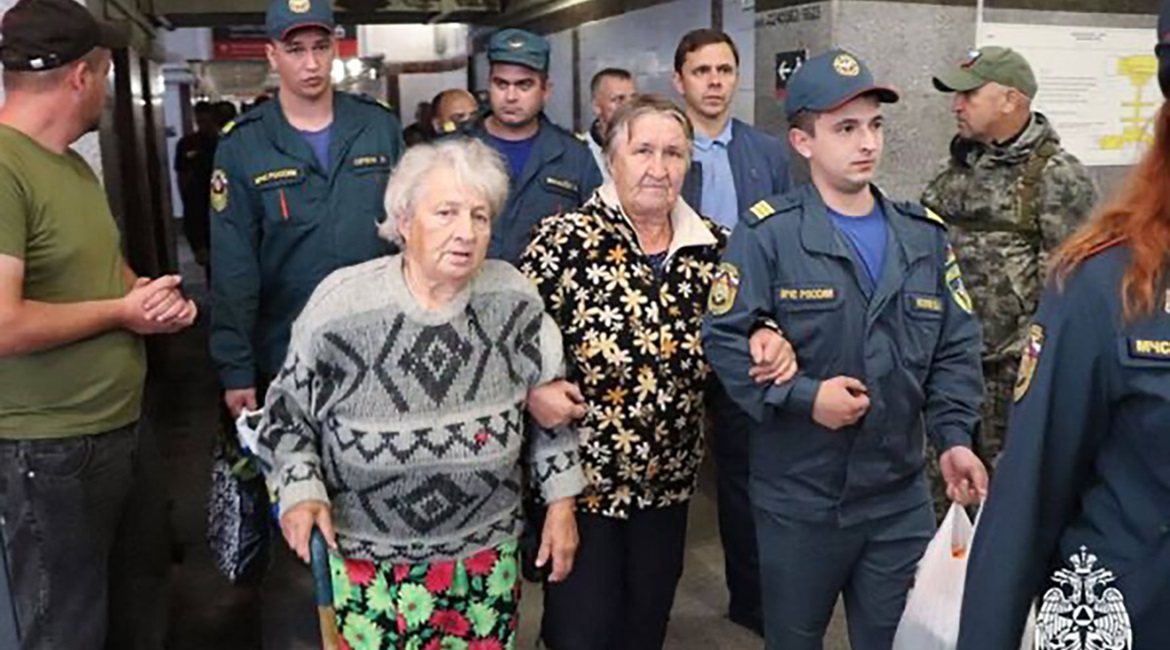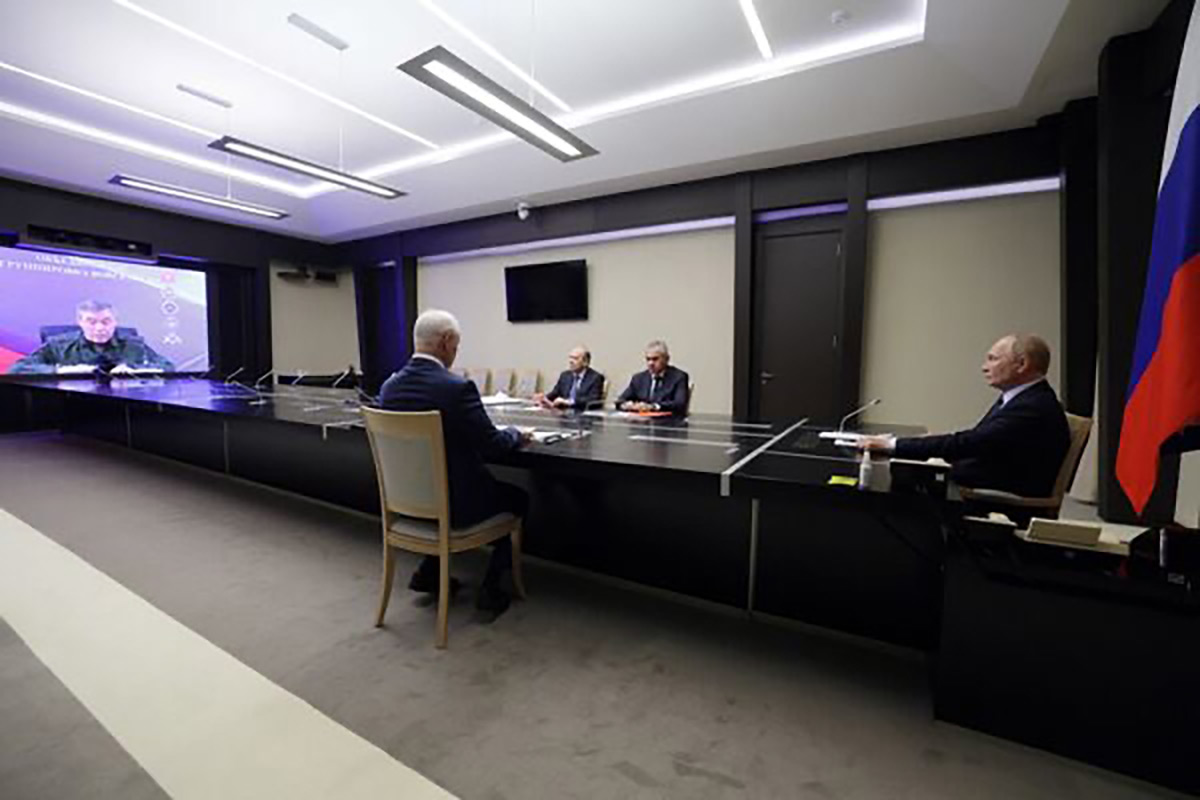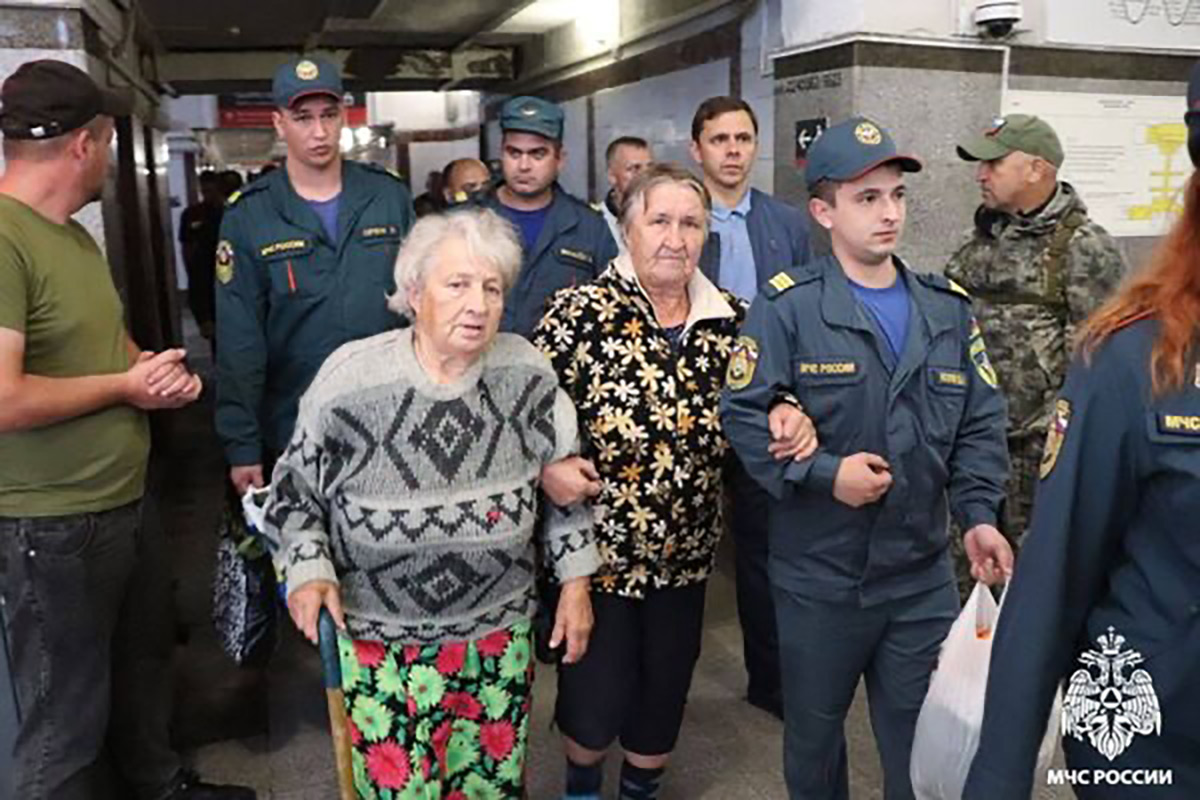
Date Posted: 14-Aug-2024
Author: James Rands, Croydon
Key points
- Event: Since 6 August 2024 Ukraine's cross-border operation into Kursk has captured a swathe of territory, including several small towns. The lines may now be stabilising, but during the initial stages, mobile Ukrainian units appeared to be free to manoeuvre inside Russian territory with minimal resistance
- Significance: Ukraine may have captured up to 1,000 km²of Russian territory. This on its own is very unlikely to unhinge the front line in Ukraine, as it is very unlikely to result in Ukraine outflanking the Russian lines. However, the offensive presents a serious challenge to Putin's power. Failure to eject Ukrainian forces from Russian territory makes his position less tenable
- Outlook:Russia will have to redeploy troops from its front line to eject Ukrainian forces, and this is likely to stall or halt their current Donbas offensive. This action also has implications for the Russian government, as it makes them look weak
Event
Since 6 August 2024 Ukraine's cross-border operation into Kursk has captured a swathe of territory, including several small towns. The lines may now be stabilising, but during the initial stages, mobile Ukrainian units appeared to be free to manoeuvre inside Russian territory with minimal resistance.
Initial Russian assessments from 6 August 2024 (the first day of the offensive) suggested a battalion or less of Ukrainian troops had crossed the border, and this was echoed in the official briefing to President Vladimir Putin on the following day. Russian war correspondents and military bloggers have estimated the Ukrainian forces at anywhere between 6,000 and 20,000 personnel (two to six brigades). By 12 August 2024 the highest estimate Janes is aware of was circulating on X (formerly Twitter) among pro-Ukraine accounts and claimed the offensive included 12 brigades. The divergence in force estimates underlines the lack of accurate sourcing and reporting from Kursk.
 President Vladimir Putin receives a briefing on the situation in Kursk on 7 August 2024. (Gavriil Grigorov/Pool/AFP via Getty Images)
President Vladimir Putin receives a briefing on the situation in Kursk on 7 August 2024. (Gavriil Grigorov/Pool/AFP via Getty Images)
At the time of publication, Ukraine was advancing on three axes, which (given the space between the axes) means the commitment of a minimum of three battlegroups. The 22nd Mechanised Brigade and 82nd Air Assault Brigade have been cited by Russian and pro-Russian sources, including the Bellum Acta Telegram channel, as being present in the region. Ukrainian soldiers have released a video online, which is apparently filmed in Kursk, and in which they state they are from the 82nd and the unit is equipped with Stryker, which has been seen inside Kursk, so the latter claim appears to be confirmed. The Ukrainian media has also claimed the 61st Mechanised Brigade is involved in the offensive. Both the 22nd and 61st Brigades are well regarded, well trained, and well equipped. Therefore, Janes assesses this as a plausible claim but is not able to confirm it.
Furthermore, there is another incursion into Belgorod Oblast to the south. The Russian military correspondent Evgeniy Poddubny was on the ground in Kolotilovka when the offensive began and reported that the incursion employed “heavy armour” and small assault groups. On 12 August 2024 Alexei Smirnov (the acting Russian governor of Kursk Oblast) said that 133,000 Russians had been displaced and 28 settlements were now under Ukrainian control.
The Ukrainian rate of advance has slowed compared to the initial rapid advances. Military bloggers and media channels have speculated as to whether the Ukrainian forces are now digging in and preparing for a defensive battle. This does not, however, fit with the development of new axes, especially regarding the incursion into Belgorod.
Significance
Ukraine may have captured up to 1,000 km² of Russian territory. This on its own is very unlikely to unhinge the front line in Ukraine, as it is very unlikely to result in Ukraine outflanking the Russian lines. However, the offensive presents a serious challenge to Putin's power. Failure to eject Ukrainian forces from Russian territory makes his position less tenable.
Russian defences appear to have presented little obstacle to the Ukrainian forces. Ukrainian bloggers such as Denys Davydov and Maria Drutska claim Ukrainian forces captured numerous conscripts who were positioned on the border, but also that Chechen forces fled. The commander of Chechen forces in the area, Apti Alaudinov, published a video statement on 6 or 7 August, explaining why his troops withdrew, which adds credence to the second claim.
There is imagery circulating on pro-Ukrainian Telegram channels which shows at least 100 Russian prisoners. Most photos appear to show very young men who are likely to be conscripts. However, they also include bearded troops, some of whom were captured in designer clothing and who are very likely to be Chechens from the Akhmat Battalion. Ukrainian forces claimed they were captured with superior equipment to the standard infantryman, but by the time the photos were taken, any such equipment had been removed.
Initially, Russian media outlets claimed the incursion was small scale and had been defeated. On 7 August 2024 Putin convened his security council for a televised briefing during which Chief of the General Staff General Valery Gerasimov assured him the attack had been repelled. Since then, Russian media has substantially changed its position, acknowledging the attack and the scale of land lost. The below photo was released by the Russian government on 9 August and shows members of the Ministry of Emergency Situations (EMERCOM) helping evacuees. Commentators on Russian television's current affairs discussion programmes have expressed shock, confusion, and indignation at the invasion.
 Russian EMERCOM personnel assist Russian civilians evacuating from the Kursk region. (EMERCOM/Anadolu via Getty Images)
Russian EMERCOM personnel assist Russian civilians evacuating from the Kursk region. (EMERCOM/Anadolu via Getty Images)
There are significant questions around how Ukraine was able to achieve surprise on this scale. The prevailing viewpoint which has emerged in military circles since the start of the full-scale invasion of Ukraine in February 2022 is that unmanned aerial vehicles (UAVs) are making the battlefield transparent. This, in turn, means concentrating forces ought to be impossible without being spotted. As such, Ukraine's ability to achieve strategic, operational, and tactical surprise ought to have been impossible. The questions which arise are – were intelligence, surveillance, and reconnaissance (ISR) capabilities overestimated, or was there another failing within Russian intelligence? For example, were they seeing the build up of troops but assuming it could not be an invasion attempt?
The scale of the operation is hard to accurately assess, given the lack of confirmed reporting and reliance on social media sourcing. On 8 August 2024 the analyst William Spaniel estimated Ukrainian forces had taken 135 km² of territory, while Russian Telegram channels were estimating 350 km². Some of the discrepancies are likely the result of timing. Ukrainian forces were advancing very quickly, so even two or three hours could make a difference. Later the same day, Russian estimates increased to 430 km². Some discrepancies probably come down to confusion about where the front line is. Some of the Russian reporting appears to be based on sightings of small units of reconnaissance troops who would have been operating ahead of the main body. The presence of reconnaissance elements is not a good indicator of whether territory has been captured.
By 9 August estimates from Russian media sources had risen to 650 km². On 12 August the estimate being used in the Russian media was 720 km². On the same day, the Ukrainian Armed Forces Commander in Chief, Oleksandr Syrskyi, announced in a video call with Ukrainian leadership that the Ukrainian forces now controlled around 1,000 km² of Russian territory. Janes analysts have observed Ukrainian positions and assessed Ukraine is very likely to hold a number of villages, including Oleshnya, Gogolevka, Rubanscchina, and Melovoi. As of 12 August Ukrainian bloggers such as Denys Davydov claim their forces have captured Novoivanovka and Zhuravli, which indicates a push to the northwest. Rybar (a Russian media source) reported on 11 August that Ukrainian forces were present in Plekhovo to the south. However, the largest village in the area is Sudzha (with a population of approximately 5,000), and it does not appear to be in Ukrainian hands. As early as 9 August imagery has been circulated online purportedly showing Ukrainian forces in western parts of the town, and on the evening of 12 August a video began circulating on X which showed the view from the front seat of a High Mobility Multipurpose Wheeled Vehicle (HMMWV) driving through a civilian neighbourhood, which purports to have been taken in the centre of the town. Nonetheless, Russian forces claim to be holding the centre. It is very likely that a pocket of Russian troops is encircled in the town.
There has been widespread speculation on the aims of the offensive, most of which has been focused on the capture of key terrain, such as road networks, gas terminals, or the Kursk Nuclear Power Plant. These assessments are unlikely to be accurate. The key road and the nuclear power station are close to Kursk city, which is about 100 km from the border and therefore difficult to reach. There is a gas pipeline in the west of Sudzha, but this has not been in use since 2022 and has previously been struck by Ukrainian UAV attacks. It is likely this operation was intended to wrest the initiative from Russia, inflict casualties on Russian forces, undermine Russian morale, and force Russia to strip troops from the front line in Ukraine. It is likely these objectives were defined by Ukraine, and then the terrain chosen to fit with the goals.
The terrain which is being captured consists of small hills and valleys with a lot of waterways, lending itself to the defence. Having broken through the relatively weak Russian defences, Ukraine is now in a strong position to mount a defensive battle inside Russia.
Ukrainian commentators have claimed Russian casualties are high and that they have destroyed multiple columns of Russian troops reinforcing or counter-attacking. There is photographic evidence of at least one column of destroyed Russian vehicles. On 10 August 2024 Janes OSINT Force Monitoring identified at least 12 destroyed vehicles in the village of Oktyabrskoye, which were possibly struck by a Ukrainian M142 High-Mobility Artillery Rocket System (HIMARS). It is unlikely this is the only instance.


